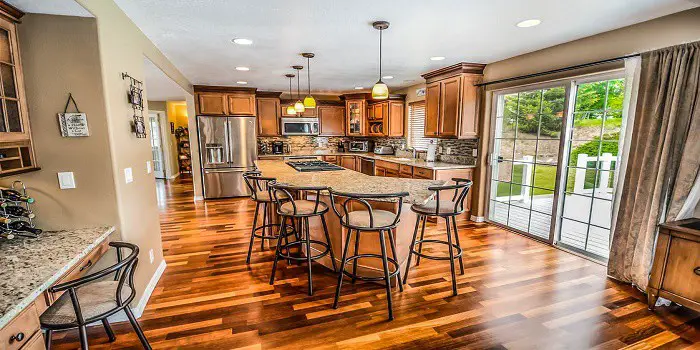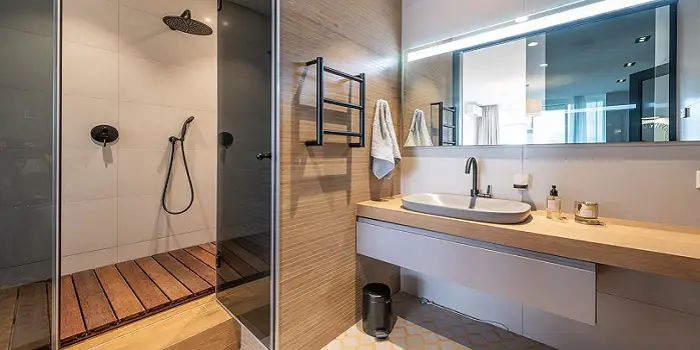
The Brazilian tulipwood is noted for its density and high quality. And while part of the tulipwood family, this particular type can only be found in a relatively small part of Northeastern Brazil.
Because of its attributes, it is quite popular and used to create many different types of items ranging from furniture to small art objects.
Remember that you should not confuse Brazilian tulipwood with American Tulipwood which is also referred to as Tulip Poplar or Yellow Poplar.
Brazilian Tulipwood is rather a true rosewood in the Dalbergia genus which is used for making various types of materials small and large.
Brazilian Tulipwood
| Scientific Name: | Dalbergia decipularis (also Dalbergia frutescens) |
| Tree Size: | 20-30 ft (6-9 m) tall less than 1 ft (.3 m) trunk diameter |
| Janka Hardness: | 2,500 lbf (11,120 N) |
| Type: | Hardwood |
| Odor: | The nice smell when working |
| Specific Gravity (Basic, 12% MC): | .88, .97 |
| Common Uses: | For fine furniture, marquetry, and musical instruments (percussion) |
Brazilian Tulipwood Color
This particular wood is quite beautiful. In addition to its appearance, it gives off a mild odor that is rather fragrant when being worked.
For the most part, tulipwood is a combination of pink and brown colors. You may also find reds, yellows, and oranges in the mix.
Texture, Grain, and Toxicity
The texture of tulipwood is fine to very fine, making it a desirable wood for different uses. The grain is also quite straight for wood, with pores that are medium size and tend to be open.
The end grains are semi or ring-porous in nature, so the wood offers many advantages in terms of how it can work.
Regarding toxicity or allergic reactions, Brazilian tulipwood is on the mild side.
Most reactions are relatively minor, with irritation of the eyes, skin, and respiratory area being the most common in sensitive individuals.
Brazilian Tulip Wood Workability
If there is a downside to Brazilian tulipwood, it is in the very attribute that makes it quite desirable. That is its own density.
What makes it so resistant to insects and rot also makes it difficult to work with.
So dense that this wood can blunt cutting instruments and even resists adhesives due to the small nature of the pores.
However, the wood does turn quite well and will take a high polish which makes it even more attractive. When used for smaller turned objects, it can be pretty beautiful.
Another issue is that the tree is relatively small and is often the size of a shrub. This limits the maximum size of objects that can be created from a single piece of Brazilian tulipwood.
When used to create larger objects, the boards from the tree tend to be relatively small and narrow.
What is Brazilian Tulip Tree Wood Used for?
The Brazilian tulipwood is used for a wide variety of uses, including the following.
- Fine Furniture
- Marquetry
- Musical Instruments
- Small Objects
- Veneer
As you might suspect, the high demand and small supply make Brazilian tulipwood quite expensive.
For the most part, it is used for smaller, specialty items and pieces that accentuate larger objects.
It means that you probably will not find it used for making large furniture, but you may see accent pieces made from this remarkable wood.
Share the post "Brazilian Tulipwood – Characteristics and Common Uses"

Hi, I am Mark Garner a professional carpenter, woodworker, and DIY painter. I live in the small city of Peoria, Arizona as a semi-retired woodworker. I have started this blog with a simple motive to help you with my wood experience in this sector. If you like to know more about what I love doing and how it all got started, you can check more about me here.





